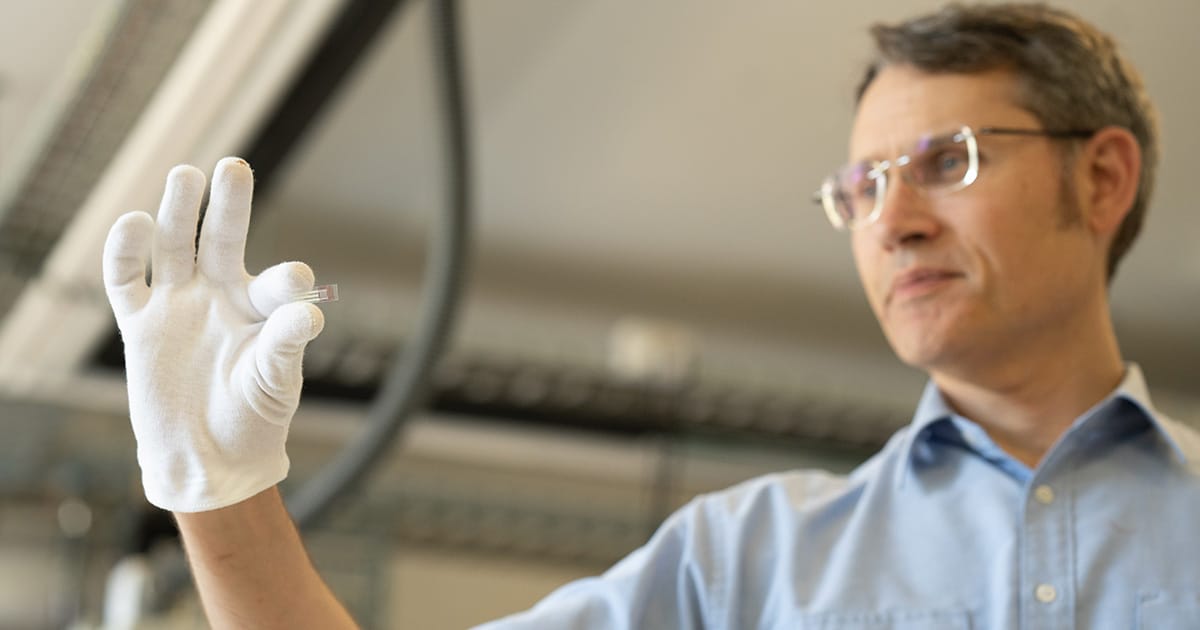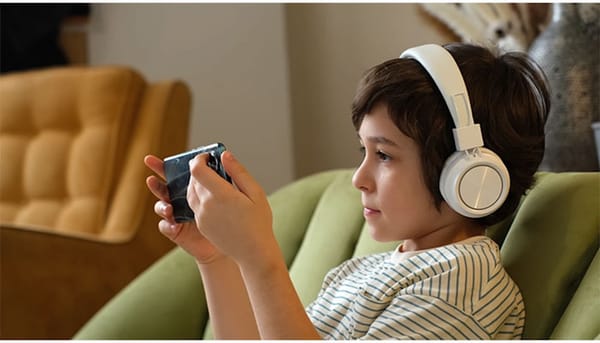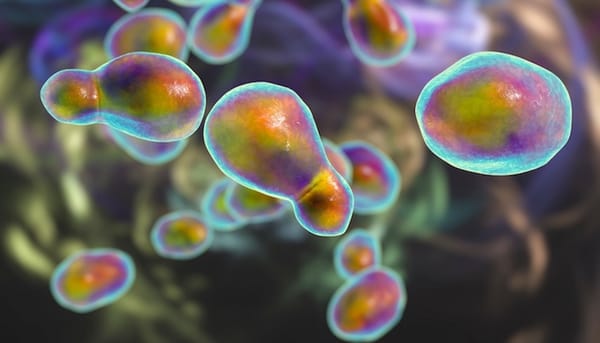A revolutionary biosensor to change the treatment of diabetes forever
There are 1.3 million people living with diabetes in Australia. Globally this is predicted to reach 1.3 billion people by 2050.

First published at Shaping Australia Awards by the University of Newcastle
There are 1.3 million people living with diabetes in Australia. Globally this is predicted to reach 1.3 billion people by 2050. Testing blood glucose can involve pain and expense. The regime of testing frequently can be particularly difficult for children and their carers.
The University of Newcastle’s Professor Paul Dastoor wondered if he could develop a better way for sufferers of diabetes. Professor Dastoor is renowned for inventions like solar paint and printable solar panels so, against that background, he and his team have developed a printable saliva-based glucose biosensor.
The breakthrough could revolutionise diabetes management. The sensor is a hundred times more sensitive than traditional blood sensors, using carbon-based organic materials and requires the user to simply lick a chewing-gum stick device. The senor device can be printed, not on 3D printers, but on those not dissimilar to the humble home printer – just not on paper and with the team’s proprietary high performance electronic inks.
The biosensor, adaptable to various diseases, is being commercialised for widespread use, with collaborations including the Wyss Institute for Biologically Inspired Engineering at Harvard University for a COVID-19 sensor.
Professor Dastoor envisions a fundamental shift in disease management, empowering individuals to monitor their health with ease.




